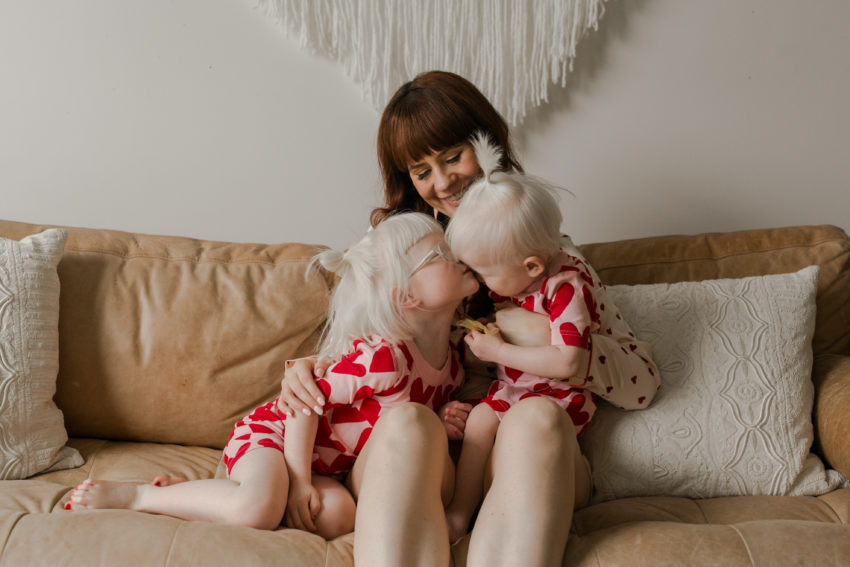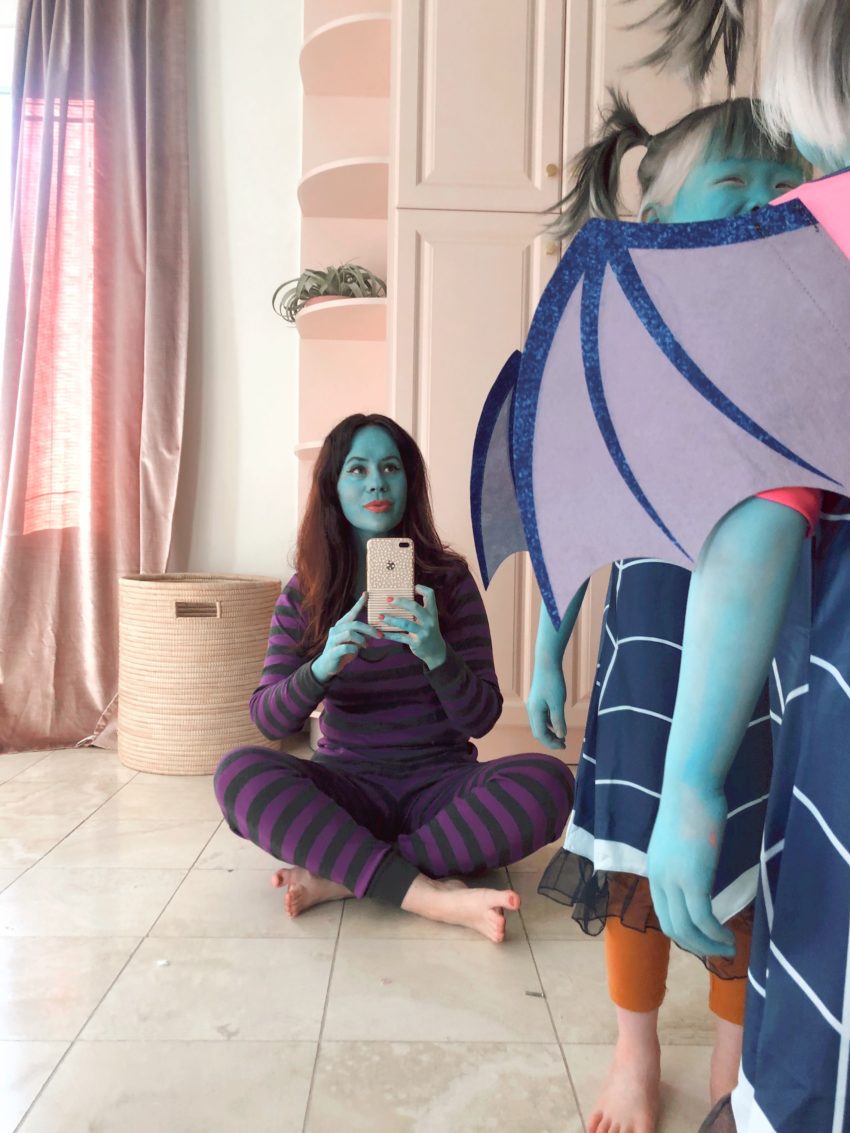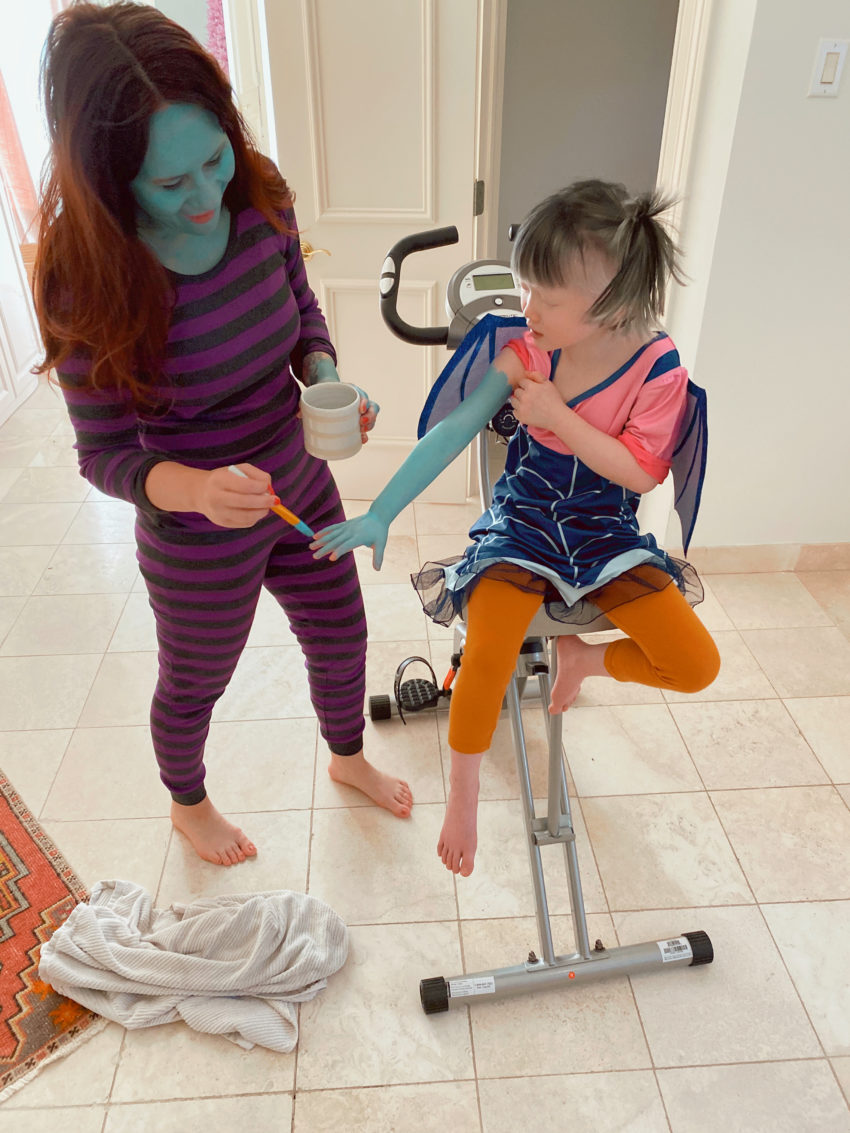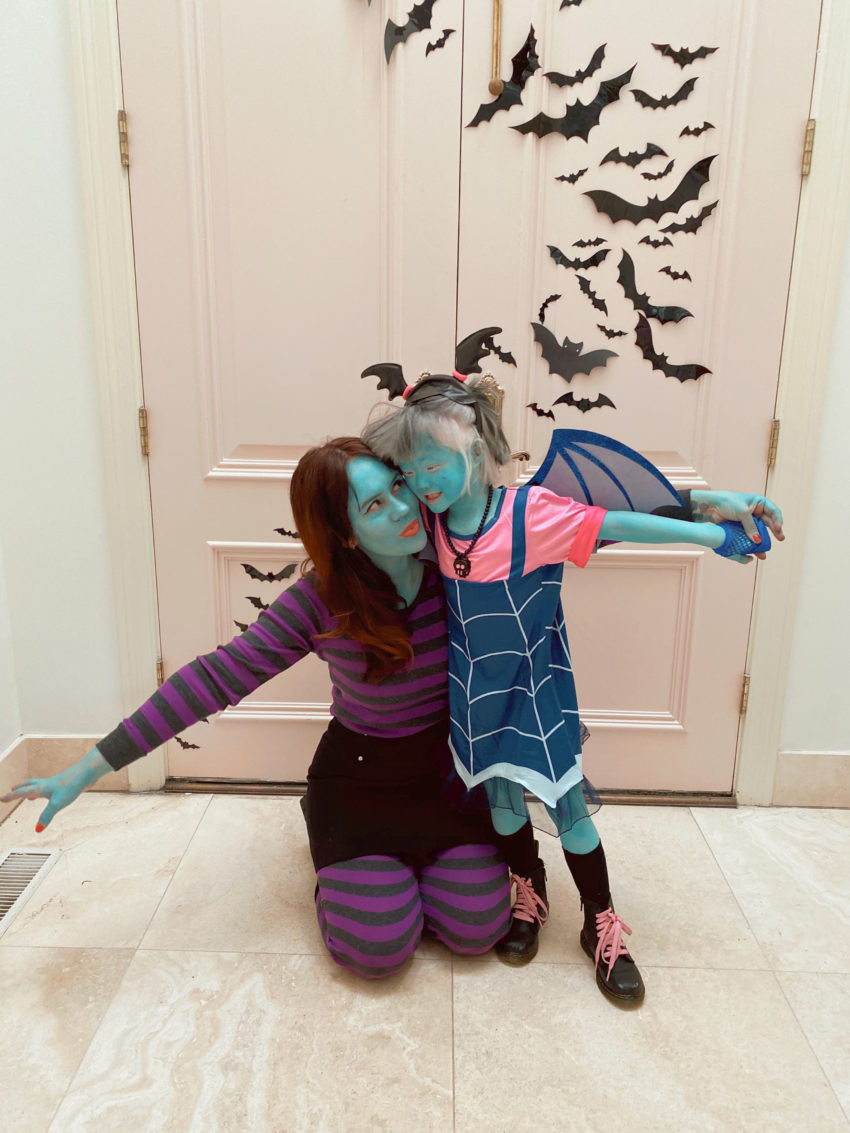
November is adoption awareness month. This month I’ll be sharing adoption related posts (mixed in with regular posts) and I will be donating to Holt International Gifts Of Hope and linking to them in each adoption post so you can give too.
I will do my best to share different perspectives and helpful information for those considering adoption and those who are just curious to learn more. I’ve learned so much since the beginning of our journey and spreading awareness is very important to me. When we started our first adoption I quickly learned that awareness and education are desperately needed. There are still a lot of outdated ideas about adoption that are too common.
If you want to read our adoption stories or the more than 20 posts I’ve written over the past few years click here. 🙂
I decided to start off with my most asked adoption question- “I want to adopt. Where do I start?”.
Step 1: If you are married, get on the same page with your partner.
Adoption is a huge choice that will change your life forever.
It’s my strong opinion that you should never move forward until both partners are on the same page. Many people write to me and say something like, “I want to adopt, but my husband doesn’t want to. How do I talk him into it?”. My answer is – you don’t. If you can’t get on the same page, don’t move forward.
Assuming you both want to adopt, there will still be many steps along the way where you need to have long conversations to make sure you’re on the same page. Choosing a program, choosing special needs, choosing age, ethnicity, gender (some of these may not be choices in all programs)… these are all big conversations that deserve to be fully explored.
After our specific experience in our special needs program I will share that we learned that it’s ok to not always be on the same page for every single choice. If we weren’t sure, we just stuck with the things we were sure about. The matching agent from our agency was also able to help answer questions and help us find more information when we needed it.
Step 2: Find a social worker who is the right fit for you.
In the US every adoptive family will work with a social worker to complete their home study. Typically this social worker will be in your hometown, although that is not always possible it’s great if it is for you. Many families have special concerns- if you’re not religious, you’re in a same sex marriage, you are single or for any other reason you are nervous about being discriminated against you will want to put extra time and care into interviewing the different social worker options, being open about your situation and choosing who you feel can best support you.
In our case, my husband and I aren’t religious and didn’t attend church at the time of our adoptions. I brought that up first thing to each social worker to see what they would say. I picked the most supportive person I found. It’s important to find a social worker you trust and who you can be honest with.
Discrimination DOES exist in adoption agencies. It’s really bad and in need of serious reform. But since that will take time, my advice for anyone who fears discrimination is to become your own advocate and do not stop making calls until you find the social worker, the agency and the program that is right for your family. There is a place for you! Find people to support you and be on your team.
Step 3: Choose a program and an agency (if needed)
The next step is to research your options. A lot of people seem to already know which program they are learning toward, which makes it simpler. But if you want to research every option fully just know you have months of hard work ahead of you. There is a lot to learn. Almost every agency, adoption lawyer or different program will do free informational phone calls. Learn all you can!
Domestic adoption (US)
For domestic adoption you can research foster care to adopt and also various domestic adoption agencies or lawyers. I have quite a few friends who have gone down this path and each of their stories are so different.
International Adoption
If you choose to do an international adoption you’ll need to find an agency who facilitates adoptions with the country you are interested in. Something a lot of people don’t know is that each country is it’s own program- so you do have to choose that towards to beginning (although many people change programs if they need to). I have only ever worked with Holt, so I am not comfortable recommending any other agency (I’m sure others are great as well- but I have never researched any other agency).
At the time we did our first informational call with Holt they told us which country programs they did and what the timelines were for each country. There are also a lot of other qualifying criteria, which you can learn about on a call like that or from their website.
I will note that we waited until our exact five year anniversary to begin because I had been divorced previously and I was told this was a rule. But as it turned out we could have started a few years earlier since we were doing the special needs program- so to be 100% sure on these small qualifying rules I would talk to someone at the agency and double check!
Step 4: Save save save
This could also be step 1. If you don’t have a savings account started for your adoption I would start one as soon as you decide it’s on your horizon. There are many grants available, some people can fundraise quite a bit (gofundme, selling t-shirts… stuff like that) and there are significant tax credits for most families. That said, you will still need to have a good amount of cash saved. For us there will smaller bills spread out over the first year or so and then a big sum due close to when we traveled.
If you haven’t previously heard my rant about adoption expenses- I don’t believe in villianizing agencies for the costs of adoption. Social workers and people who work at adoption agencies deserve to be paid for the important work they do. It’s a common misconception that adoption “should be free”. And by the way- foster care to adopt *is* free. But for those of us who choose to work with social workers, agencies, travel to another country and immigrate our children to the US- all of that costs money. Our adoptions were both around 35-40k, depending on if you do an optional donation to the orphanage (which, of course, we did). I know talking about money is not fun… but please don’t assume that adoption is expensive and therefore it’s not “worth it”.
People always ask me how much they should have saved before beginning the process. I would say at least half- but I don’t know your situation. Do you have access to a low interest loan? Are you entering a long or a short program? Do you have any other savings you can access if your grant or fundraising doesn’t come though? Make sure you have a plan.
For those of us who have more than we need- you can help support other families adoption expenses here.
Step 5: Take it one step at a time.
The paperwork was overwhelming the first time we adopted (it seemed easy the second time though!). And the wait to be matched was by far the most difficult and emotional year of my whole life. It seemed like it was never going to end. Like so many families, we made the choice to adopt when we were already FULLY ready to become parents and had been trying to conceive for a few years previous to that. So they time could not pass soon enough. It was TOUGH.
In hindsight, we wouldn’t have it any other way because our journey led us to Nova and then Marigold who changed our lives forever. Everyone always says this- but it’s true.
I hope this is helpful for those of you who are considering adoption! Most importantly- every adoption story is different. So even between our two (very close!) adoption some rules and costs had changed. Make sure you are getting fresh information from a trusted source when you are going through your process.
Good luck and sending love to you!




